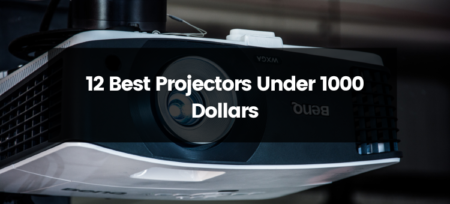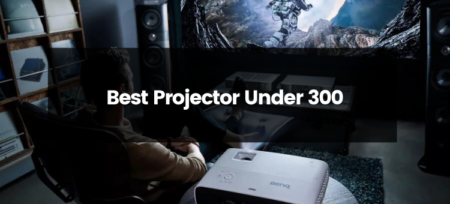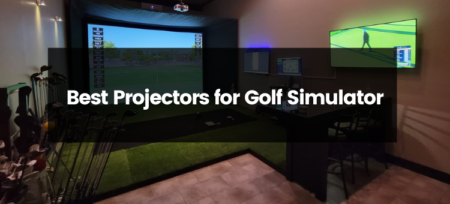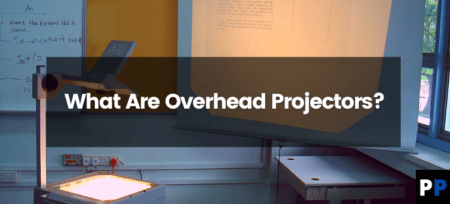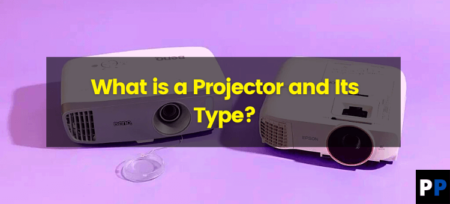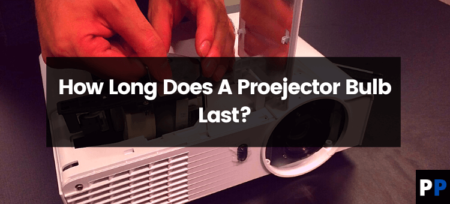Maybe you’d like to view movies with your friends, or perhaps you’re seeking quality moments with family. Home theater projectors might appear similar, but their specifications and performance make each one unique.
What’s the distinction between all these projectors? We’ll go over the details and provide a complete review. These are the top things to be looking for when purchasing an entertainment system to install in your home.
Basic Needs
Here are some basic needs which you need to keep in mind before buying a perfect projector for your work or something.
Entertainment
You should first consider what kind of content you would like to project onto the projector. A majority of projectors for business are going to be used to display an array of images. If you’re thinking of PowerPoint presentations or bar charts, you should look into the category for the business. A home-based projector can be able to handle full-motion video better. If you plan to play games or films, ensure that your chosen projector can handle the demands.
Indoor vs. Outdoor
In most cases, when you plan to project outdoors, you’ll need top quality all-round. You’ll want the brightest light because you have less control over lighting conditions. So, you need an excellent quality resolution and a high contrast. It will increase the chances of getting a stunning image. You’ll require a superb display or surface and a good sound system.
One thing that is more of a problem when using a projector indoors is the sound. It produces while operating, as it’s likely to be louder in small spaces. However, the best outdoor projectors can be used indoors as well.
Reliability
It is recommended to read the reviews of your potential projectors and ensure that you buy a dependable model. The lamp life rating often estimates the number of hours you’ll have before you need to replace the lamp.
Naturally, the higher, the greater your chance of it lasting a longer duration. It is also essential to research the price for replacement lamps and components and determine the ease of repair and maintenance if you require it.
Portability
You don’t need to think about portability if you’re planning to put the projection system in a fixed location or for a home theater. If you intend to travel throughout the world or use it for presentations in business and presentations, you’ll need to get the most miniature size feasible.
Cost
It is possible to purchase an excellent quality portable business projector, ideal for presentations, for as little as $300. You’ll have to pay more if you need several advantages and high quality.
If you want to entertain at home, expect to pay between $800 to $3,000 to get a top-quality projector. You could spend higher if you need the finest. A high-quality 4K projector can cost as low as $10,000.
Technical Specifications
Zoom Range and Lens Shift
It is also essential to be aware of the zoom range as well as lens shift features carefully if you anticipate that you’ll use your projector in different settings, as these capabilities will allow you to alter the distance at which you throw it and also alter the size and location of the projector.
Short-throw projectors are employed in tight spaces or small spaces. However, you’ll require a longer-throw lens if you plan to install a projector in a theater or colossal area.
Aspect Ratio
The aspect ratio defines the image you project and is essentially about the material used as the source. Standard TVs have an aspect ratio of 4:1, whereas HDTV and widescreen DVD Blu-Ray and widescreen DVD content are 16:9 or close to it. Modern projectors tend to be 16:9.
Resolution
Use a meager resolution, such as SVGA, which has a resolution of 800×600 pixels, to save money. It all depends on the source material, and if you intend to display HD films or engage in games, you’ll require a minimum of 1080×1080 pixels.
If you plan to combine and mix different content, do not assume that a more giant resolution projector will be able to handle lower resolution media well. You need to verify. There are 4K projectors available. However, you’ll have to shell out a premium, and no 4K content is currently available.
Brightness
The brightness you’ll need is dependent on the setting in which you’ll use the projector. The darker the surroundings, the less intelligence you’ll require. However, the brighter the projector is, the more effective.
It will be expressed in lumens. A rating that is less than 1,000 lumens is a good enough number for a commercial project or for use in small rooms that are darkened. If you are using a movie projector in a setting with natural light, you could require the rating to be at least 5,000 lumens.
Contrast Ratio
This will show the distinction between the image’s dark and bright parts. The greater the contrast ratio more vibrant the image will appear. However, many other factors like lighting conditions and screen quality are at play when determining this, so don’t rely on ratio.
Right Technology
Most projectors available on the market will have Digital Light Processing or Liquid Crystal Display. DLP projectors feature more moving components and are susceptible to the rainbow effect because they employ the spinning wheel of color.
LCD projection is more stable, but it can be slightly heavier. If you can invest a little more than traditional technology, LCoS (Liquid Crystal On Silicon) is the most reliable choice. Quality images. However, LCOS projectors are pretty heavy and costly.
Connectivity
The majority of projectors include VGA ports. You may find alternatives; however, if you use it for films or games, you’ll require An HDMI port. An option that is useful for certain people, particularly in the business world, is the USB port that can accommodate flash drives, as it’s an efficient method to carry a PowerPoint.
Wi-Fi connectivity can be highly beneficial to streaming from various modern devices, meaning you don’t need to connect directly. Having an Ethernet port for fixed projectors with Ethernet ports is an excellent idea. It permits you to operate the projector from a computer and will be more secure than Wi-Fi.
Accessorial Requirements
The Screen
The ground or screen you put the image onto will also impact its reliability. If you use your projector in numerous locations, you may be unable to control this. It could be worth looking into the roll-out screen for the tripod you could bring along and put up wherever.
If you’re planning on a fixed installation, you might want to consider using a specific screen for projector paint for the wall.
The Sound
It’s going to be a challenge to find a projector that has high-quality speakers built-in. The sound may not be the most critical factor in business presentations; however, to enjoy your home entertainment, you’ll need to consider a speaker system, usually a Surround Sound System. Using the source connected directly to your sound system is best, and the projector is attached separately.
Readers, have you purchased a new projector? What features were the ones you valued most? Tell us your thoughts in the comments section below!
Tips before buying Projectors
- Make informed decisions knowing the features the projector might or may not include.
- Ensure you know what to look for before buying at an official Hi-Fi store in Australia.
The Bottom Line
A home theater set-up with a video projector as its heart can significantly enhance the enjoyment of your home. Be careful not to spend your money and buy anything advertised or is on sale.
Prices for video projectors vary between several hundred and thousands of dollars, depending on all the above variables. If you are not projecting on the wall, you will also think about the price of a screen that is available at similar prices.
Frequently Asked Questions
What is the contrast ratio?
Projectors display the contrast between a picture’s gloomiest and most significant areas.
What are the benefits and drawbacks of using an LCD?
Using them has some advantages: less cost, lighter weight, and higher contrast ratio. The disadvantages are that they don’t reflect equally well in more intense lighting conditions.
Thank you so much for reading this article, I hope it may help you to solve your problem. Take care

